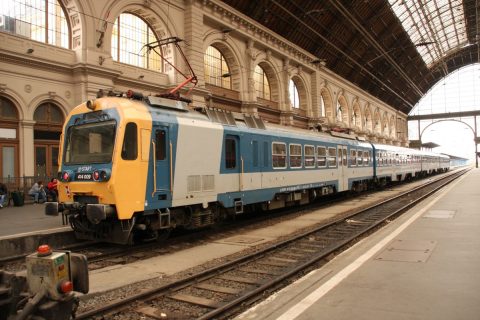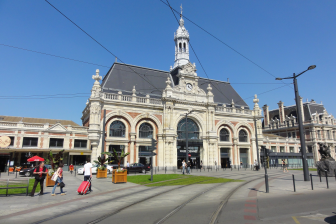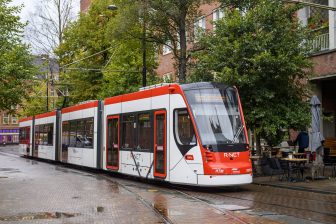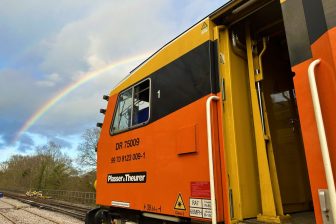
Hungarian government signs off on Budapest railway revamp
Image: Pxhere
The Hungarian government last month signed off on the so-called Budapest Suburban Railway Node Strategy, which is designed to increase the number of passengers using railways in and around Budapest by 80 percent over de coming three decades.
Want to read more?
You have read all of your free premium articles for this month. Please become a subscriber to keep reading.
Subscribe now!
Take advantage of our exclusive offer to get full access to all premium content.




